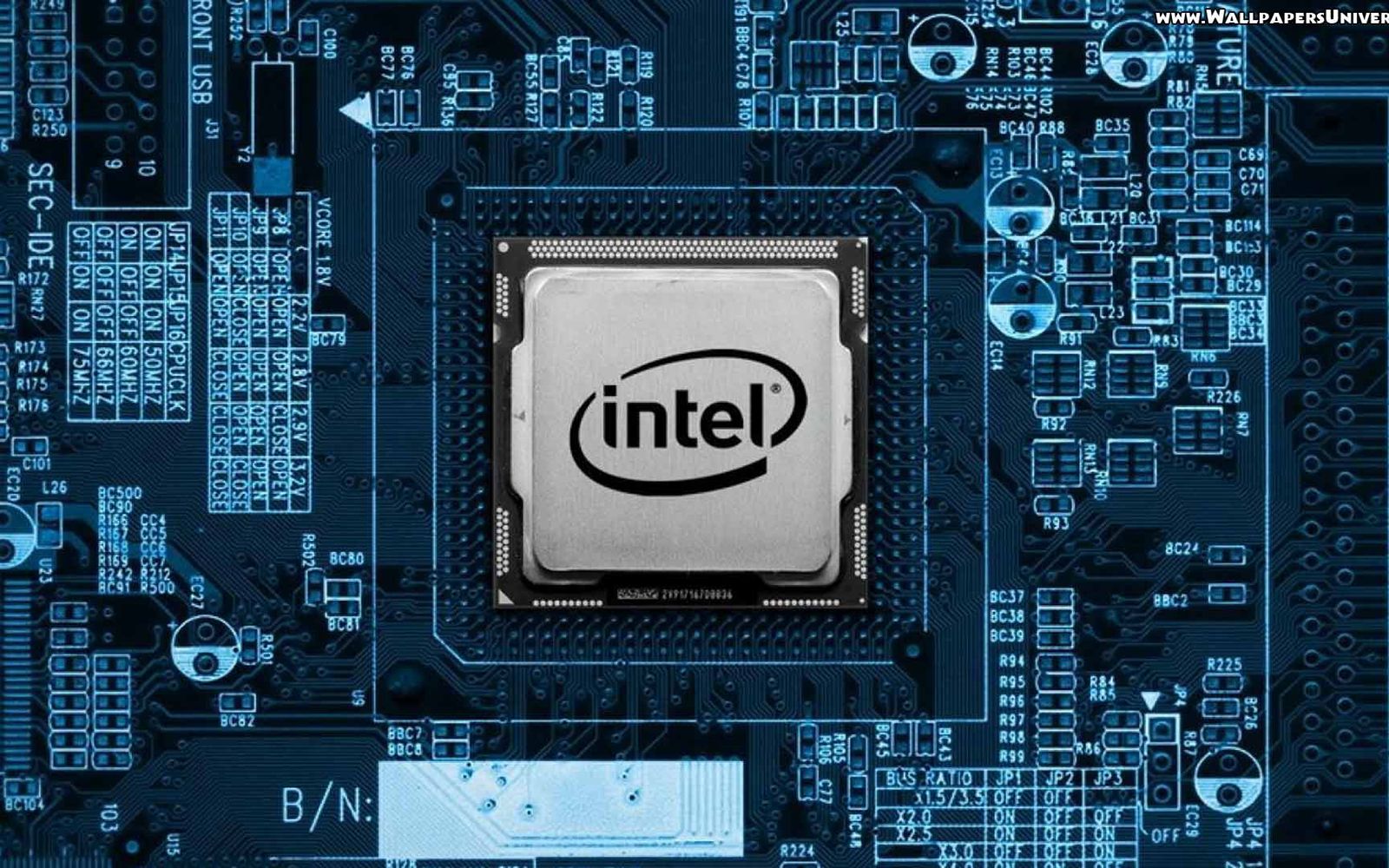Year on year Intel is committed to updating its Intel Core processors, with the latest seventh-generation chip even bearing a "7th Gen" badge its visual marketing and on-shelf positioning.
Perhaps that's no surprise when you hear people talking about the product's Kaby Lake codename - preceding was Skylake in 2015, Broadwell in 2014 - and wondering "what the heck?".
So what's Intel Core 7th Gen Kaby Lake all about, which processor arrangement is right for you, and is it that much better than last year's Skylake chipset?
Intel Core 7th Gen: Speed gains
The goal of new processors is, typically, to go one faster than the previous generation. Kaby Lake is built on the same 14-nanometre (nm) architecture as Skylake, so the performance gains are only marginal this time around: with a 300-400mHz gain anticipated by the company increasing the range of several frequencies.
It won't be until the next push in architecture, with the 10nm Cannonlake, that we'll see additional performance increases.
Intel Core 7th Gen: 4K media handling
What is really new about Kaby Lake is the addition of a dedicated media engine. This is a new aspect to the processor, designed for power-efficiency and additional performance, is targeted particularly at better experiences with 4K content.
Intel says it will deliver "improved media experiences with HEVC 10-bit and VP9" - both of which are the codecs that handle 4K content.
Intel Core 7th Gen: Battery life
Intel cites "adaptive performance" as a key function of 7th Gen, the ability to take read inputs from simple factors - say, ambient temperature, or orientation to acknowledge when a device is in a docked position - to determine how long it can sustain Turbo Boost (faster speed), to improve overall performance. That's not a brand new feature, but it's a wider implementation, says Intel.
Battery life for 7th Gen is said to be "similar" to 6th Gen, but should show considerable improvements for 4K consumption: stream YouTube 4K for 7-hours rather than 4-hours, for a 1.75x improvement, is Intel's claim.
Intel Core 7th Gen: What of Core M?
Intel's fanless (and thus silent) Intel Core M is designed for low-power mobile use. Until now it's been available in M3, M5 and M7 configurations - the higher the number the greater the performance - but the top-end M7 is getting axed for 2016's 7th Gen run. Instead we'll see a fanless 4.5W Core i7 Y in its place.
Intel Core 7th Gen: Which processor is right for you?
Key to 7th Gen is that it's a "scalable and adaptable" architecture. There are multiple aspects to consider here: clock speed performance, which increases up the range of i3, i5 and i7 processors; cores, with single-core, dual-core, quad-core (and potentially more paired for higher-performance arrangements - but Intel is saying nothing more just yet); and the letter-based market segmentation - Y, U, H, S and X - which defines a product's positioning and form factor (often a balance of performance to heat output to power consumption, as suited).
Y targets 2-in-1s, tablets for mobile-based use (low-consumption 4.5W), with 7th Gen available from September 2016; U targets ultra-slim laptops and portables; H is a more powerful step-up again, typically with additional cores; S, is designed for desktop iterations (hence its 65W draw); and Extreme Edition (X), which is the premium, gaming-targeted super-processor, available from 2017.
Intel Core 7th Gen: Wrap-up
In summary, then, Intel Core 7th Gen processors are Intel's bid for 4K media consumption.
As Kaby Lake architecture is the same 14nm as the previous-gen Skylake, however, don't expect huge speed improvements this time around. Instead it's a focus on media and gains in efficiency.
Hopefully it'll be the end of choppy, stuttery 4K playback, making a better world for all. And come 2017 we'll get to see the gains made in top-end setups too.

